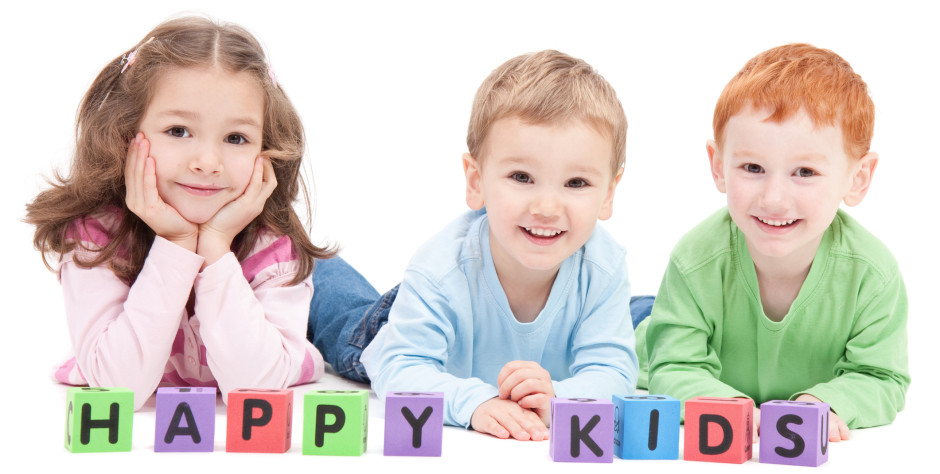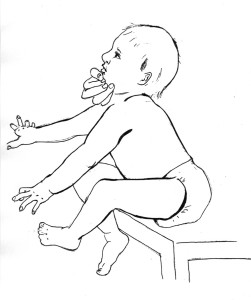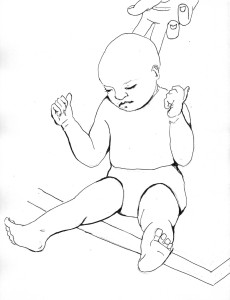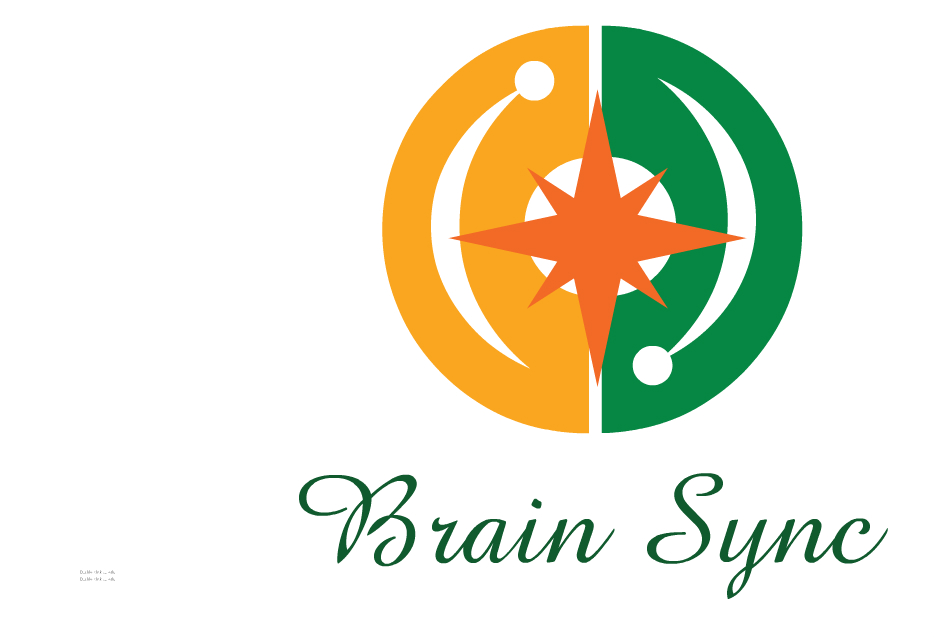Symmetrical Tonic Neck Reflex (STNR)
- When the baby’s head moves forward, his arms bend and legs straighten.
- When the baby’s head moves backward, the arms straighten and legs bend.
- The STNR helps the baby learn to use the two halves of the body, top and bottom, independent of each other.
- It helps to integrate the TLR (tonic labyrinthine reflex).
- Appears between 6 to 9 months, after the ATNR (asymmetrical tonic neck reflex) is integrated at 9 to 11 months.
Even though the STNR helps the baby attain the hands and knees position, if it is retained, the baby is usually unable to crawl. He might bear walk (hands and feet instead of hands and knees), scoot while sitting, or go directly to walking. If the baby is able to crawl, it is often an atypical crawl, with elbows locked or feet may be up off the floor. The crawling will be unsynchronized.
It is theorized that the STNR assists in vision training, changing the focus from near to far. If the STNR integrates, vision is trained further, allowing the baby’s eyes to cross midline, and training eye-hand coordination. It has been observed that babies who have never crawled (possible retained STNR) often have reading difficulties.
When sitting at a table or desk, when the child with a retained STNR looks down, his arms bend. This child will appear to be in a slouched position or stooped over, sometimes nearly lying on their desk.
A retained STNR is significantly correlated with ADHD and ADD.
Eye/hand coordination is affected. Vertical eye tracking is also affected, causing the child with an STNR to have difficulty with ball sports.
Symptoms of a Retained Symmetric Tonic Neck Reflex (STNR)
-
Poor eye-hand coordination
-
Messy eater
-
Difficulty with sports
-
Clumsy
-
Difficulty changing eye focus from near to far, i.e. from blackboard to desk
-
Slow to copy from a book or blackboard
-
Difficulty learning to swim above water—if the child is able to learn, swimming will be unsynchronized
-
ADHD or ADD
-
Poor posture while sitting at a table or desk
-
Tendency to anchor feet behind chair legs when sitting
-
Ape-like walk
-
While sitting on the floor, tendency to sit in “W” position
-
Either difficulty in holding head upright or head tilts up excessively
-
Difficulty recognizing social cues
-
Challenges with memorization
-
Poor balance
-
Poor space and time awareness
-
Difficulty aligning numbers for math calculations
-
Poor learning ability




